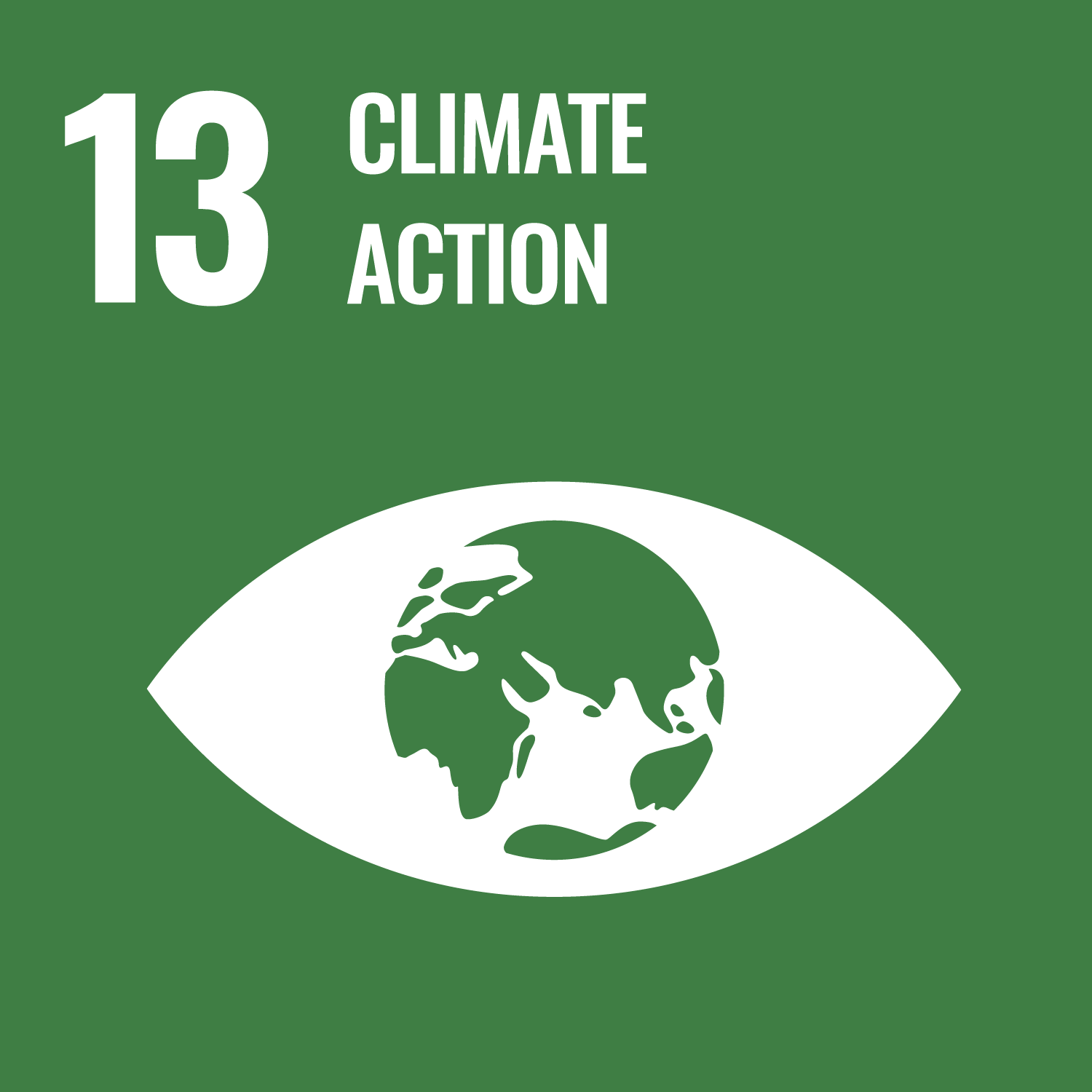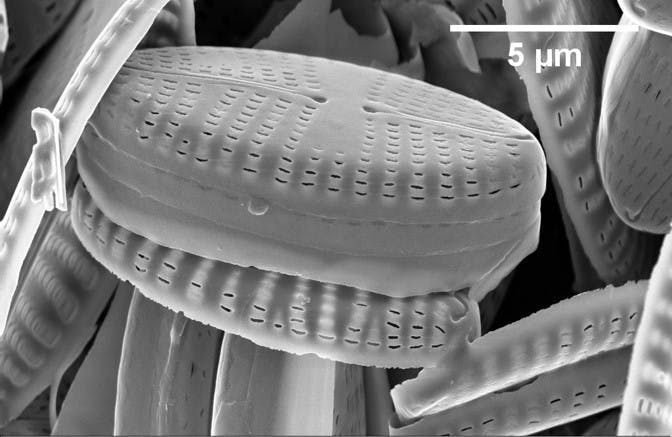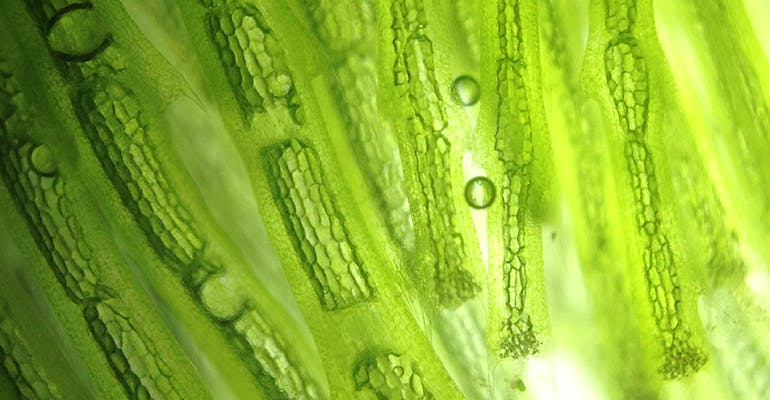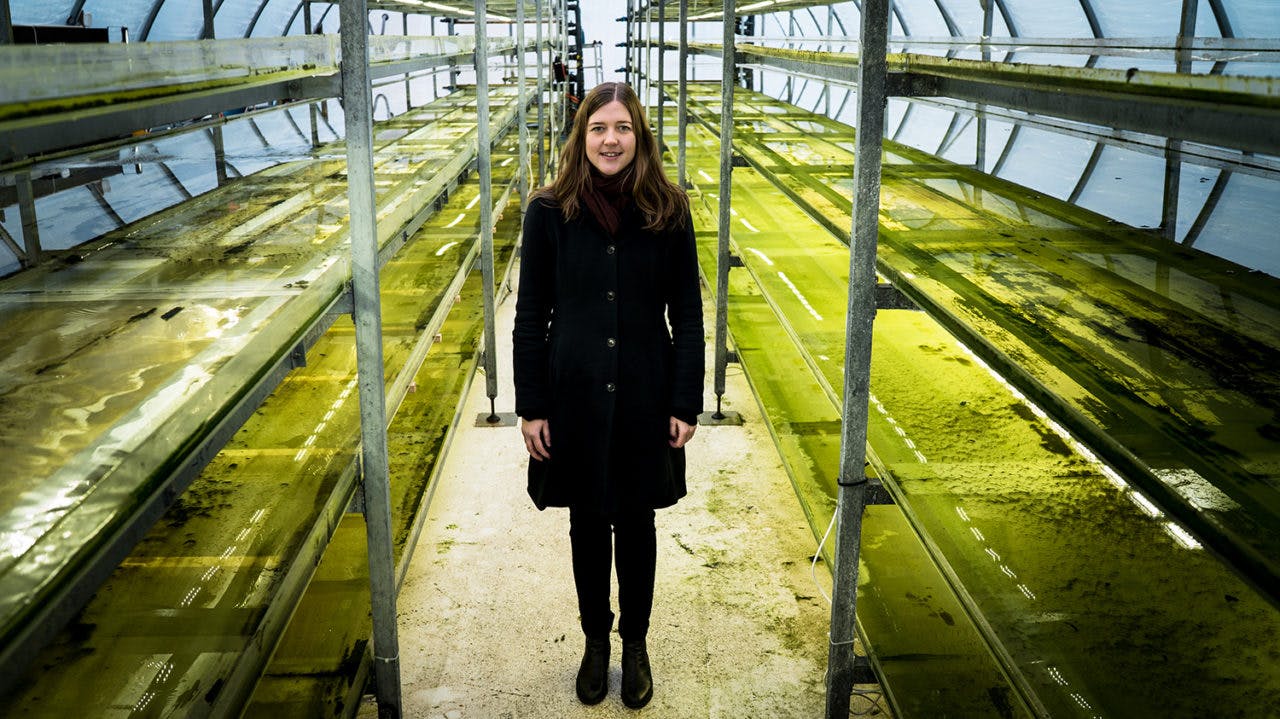Algae-based nanomaterial
An innovative material that boosts the efficiency of solar cells is based on the nanoporous silica shell that surrounds a specific strain of diatom, an algae species that grows well in the bottom of dark and cold Nordic seas. The material is naturally designed to trap light efficiently in order for algae to be able to survive on sunlight in this dark environment.
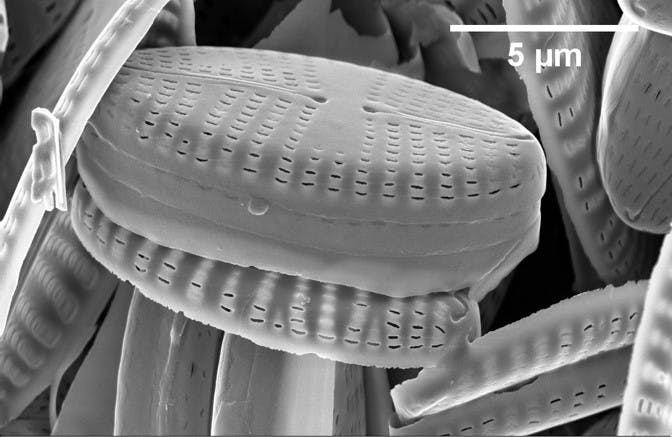
Algae-inspired efficiency enhancement for solar cells.
The need
Solar panels are known to be inefficient. They only transform 15%-20 % of the light that hits them into electricity.
The solution
The nanoporous silica shell from an algae species that thrive in cold Nordic seas is a material naturally designed to trap light so efficiently that algae can survive in this dark environment. When incorporated into solar cells, the light trapping ability of the solar cell is increased and its efficiency enhanced. The material is produced in a process where wastewater is treated and an organic biomass produced that is able to be utilised in a variety of applications beneficial for society.
The value proposition
• Environmentally-friendly produced natural nanomaterial.
• Increased efficiency of solar cells.
• Lower cost of solar energy.
TBB.2018 Pitching session







